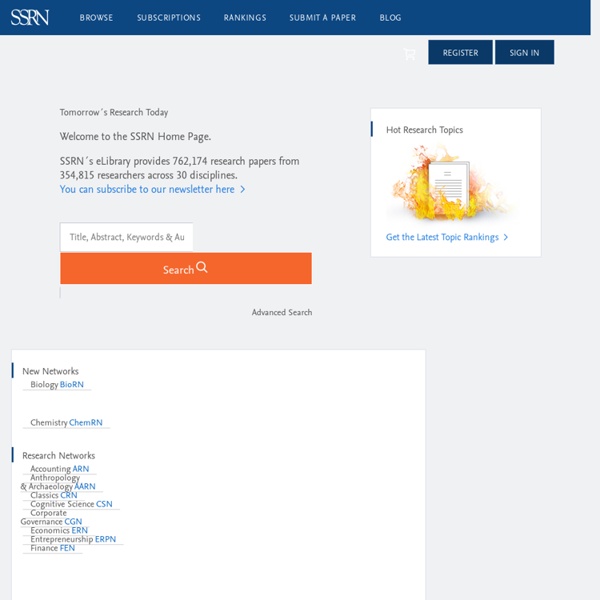Cybersecurity Policy-Making at the Local Government Level: An Analysis of Threats, Preparedness, and Bureaucratic Roadblocks to Success - Iceweasel
1Department of Government and International Affairs, University of South Florida, 4202 East Fowler Avenue, SOC 107, Tampa, FL 33620, USA 2University of South Florida, Tampa, FL 33620, USA Corresponding author: Kiki Caruson, Department of Government and International Affairs, University of South Florida, 4202 East Fowler Avenue, SOC 107, Tampa, FL 33620, USA
Julia set
A Julia set Three-dimensional slices through the (four-dimensional) Julia set of a function on the quaternions. The Julia set of a function f is commonly denoted J(f), and the Fatou set is denoted F(f).[1] These sets are named after the French mathematicians Gaston Julia[2] and Pierre Fatou[3] whose work began the study of complex dynamics during the early 20th century. Formal definition[edit]
Welcome to the SEPO Risk Management Toolkit
The most important part of your risk management effort is process and the way you use it. If you do not have a process yet, we recommend that you start using tools that will help you develop a process. The "Process Assets" compartment of this toolkit contains tools that can help you define, tailor, implement, and monitor a risk management process on your program or within your organization. These tools include guidance, steps, and descriptions of elements of the process.
Welcome to ARTstor
Far Left Robert Henri La Reina Mora, 1906 Colby College Museum of Art Top Center Winslow Homer Girl Reading, 1879 Colby College Museum of Art
DHQ: Digital Humanities Quarterly: Summer 2010
Managing 100 Digital Humanities Projects: Digital Scholarship & Archiving in King’s Digital Lab James Smithies, King's College London; Carina Westling, King's College London; Anna-Maria Sichani, King's College London; Pam Mellen, King's College London; Arianna Ciula, King's College London Modelling Medieval Hands: Practical OCR for Caroline Minuscule Brandon W.
Seven Military Classics
The Seven Military Classics (traditional Chinese: 武經七書; simplified Chinese: 武经七书; pinyin: Wǔjīngqīshū; Wade–Giles: Wu ching ch'i shu) were seven important military texts of ancient China, which also included Sun-tzu's The Art of War. The texts were canonized under this name during the 11th century AD, and from the time of the Song Dynasty, were included in most military encyclopedias.[1] For imperial officers, either some or all of the works were required reading to merit promotion, like the requirement for all bureaucrats to learn and know the work of Confucius. There were many anthologies with different notations and analyses by scholars throughout the centuries leading up to the present versions in Western publishing. The Kangxi Emperor of the Qing Dynasty commented on the seven military classics, stating, "I have read all of the seven books, among them there are some materials that are not necessarily right, ... and there are superstitious stuff can be used by bad people."
Catalog Page for PIA16075
This composite image, with magnified insets, depicts the first laser test by the Chemistry and Camera, or ChemCam, instrument aboard NASA's Curiosity Mars rover. The composite incorporates a Navigation Camera image taken prior to the test, with insets taken by the camera in ChemCam. The circular insert highlights the rock before the laser test.
RAF Probabilistic Risk Assessment White Paper
Risk Assessment Forum White Paper: Probabilistic Risk Assessment Methods and Case Studies with companion FAQ Document Document Links Document History Probabilistic Risk Assessment (PRA) began playing an increasingly important role in Agency risk assessments following the 1997 release of EPA’s Policy for Use of Probabilistic Analysis in Risk Assessment at the U.S. Environmental Protection Agency and publication of the Guiding Principles for Monte-Carlo Analysis. Both the white paper and the companion FAQ document addresses recommendations on risk assessment processes described in the U.S. National Research Council’s (NRC) report Science and Decisions: Advancing Risk Assessment.
Skills for Online Searching - ipl2 A+ Research & Writing
Learn how search syntax works Search syntax is a set of rules describing how users can query the database being searched. Sophisticated syntax makes for a better search, one where the items retrieved are mostly relevant to the searcher's need and important items are not missed. It allows a user to look for combinations of terms, exclude other terms, look for various forms of a word, include synonyms, search for phrases rather than single words. The main tools of search syntax are these: Boolean logic



